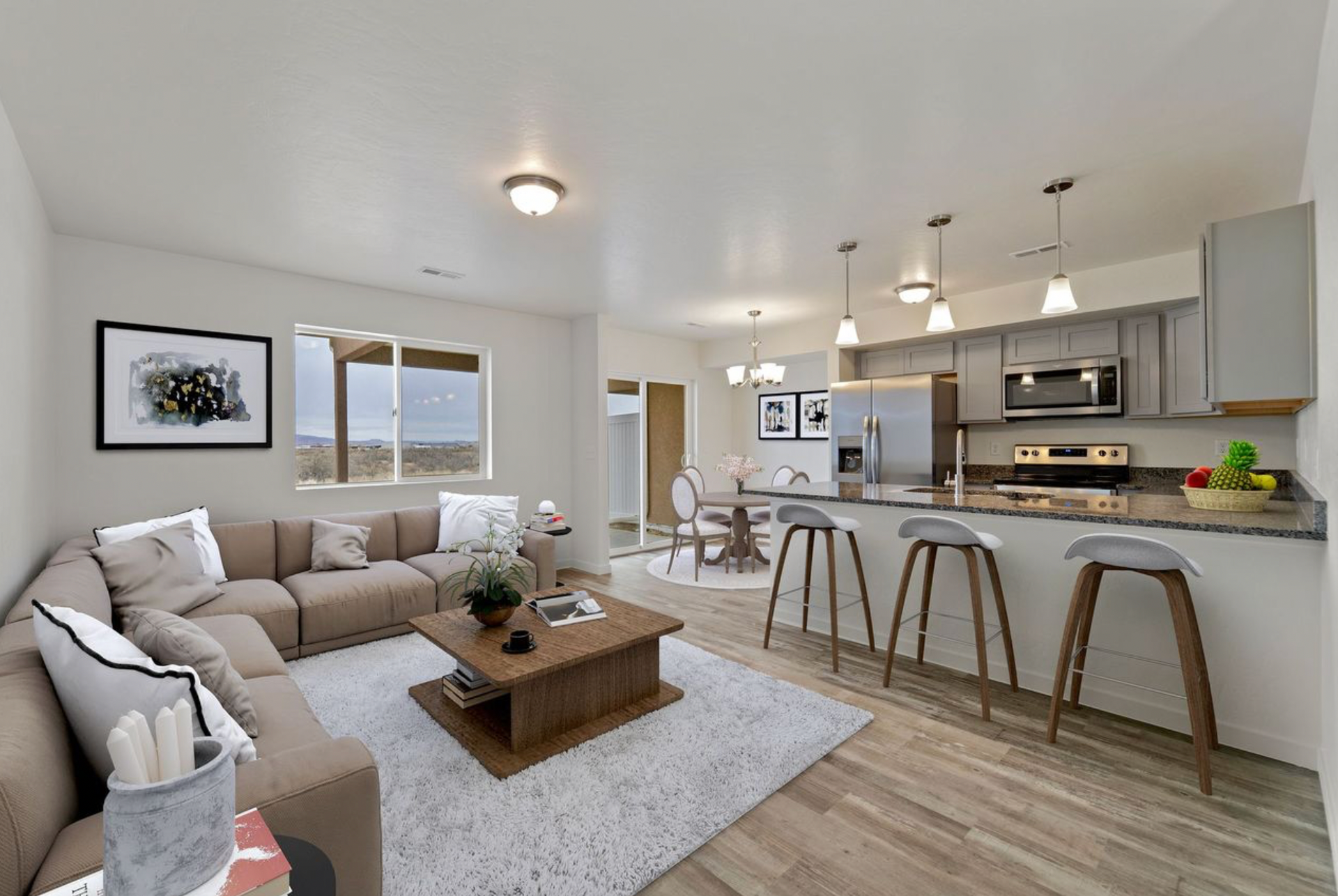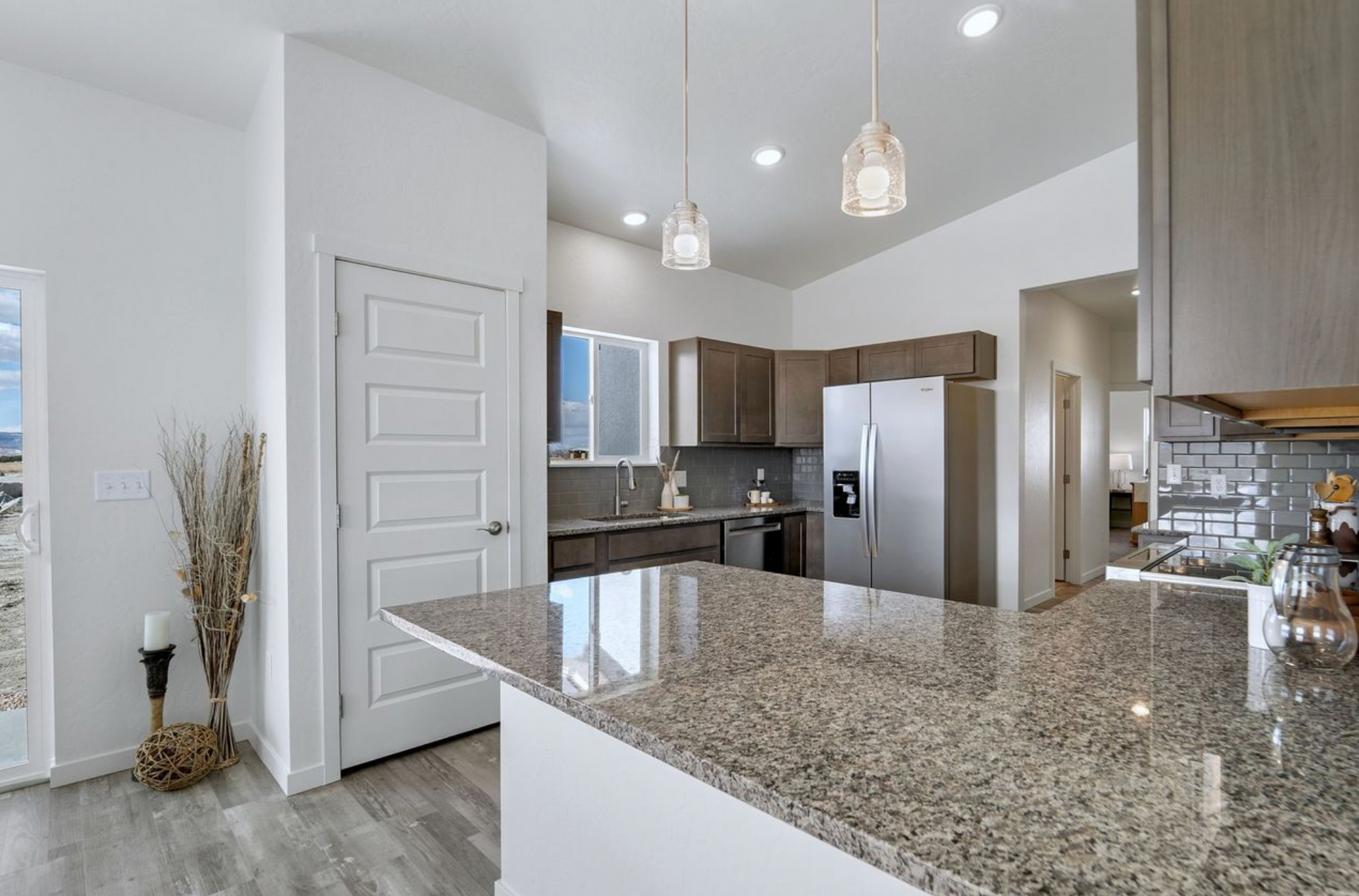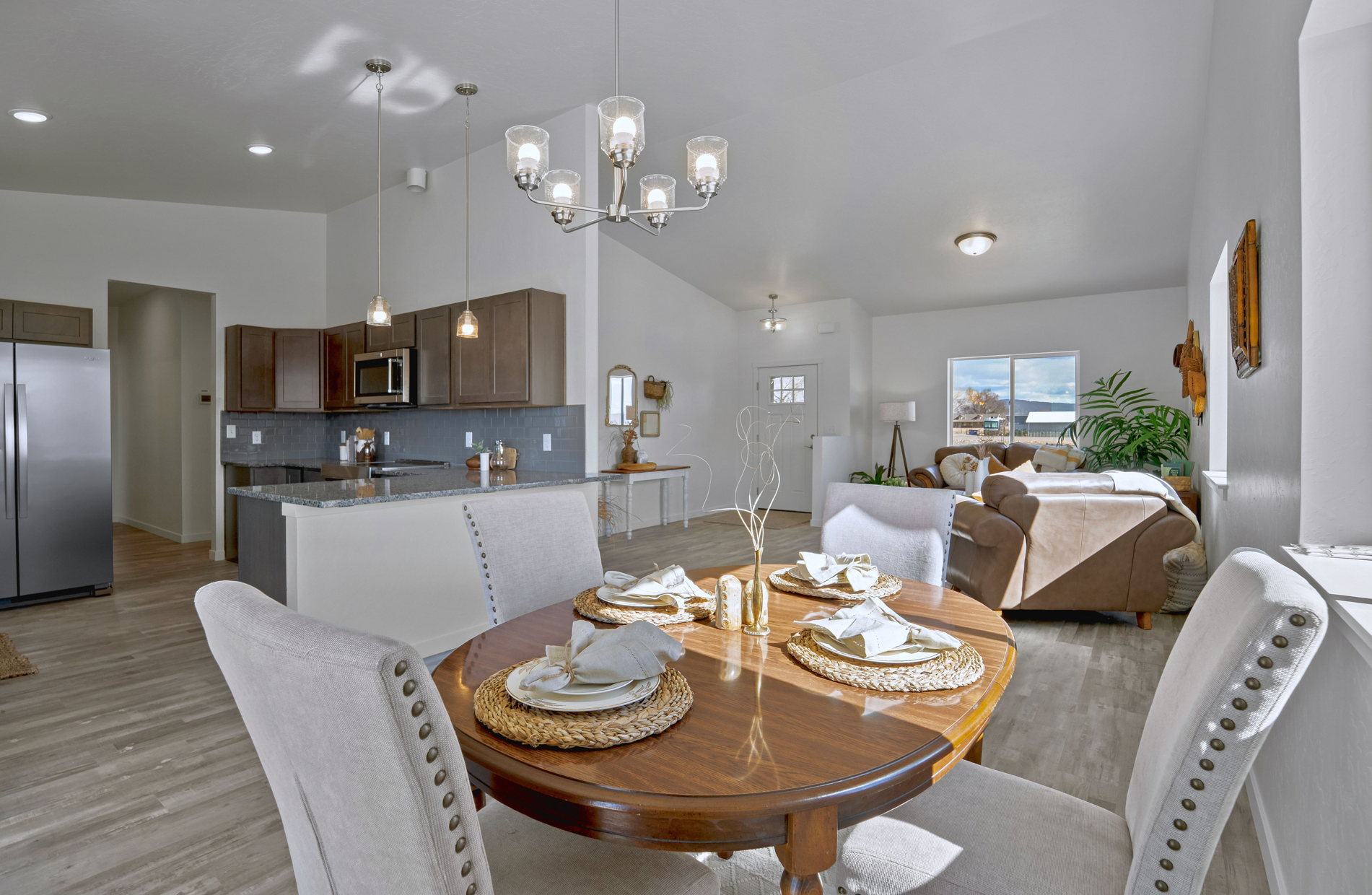Heating & Cooling

At Senergy Builders, we are proud to showcase our selection of quality Energy-efficient Heating, Ventilation, and Air Conditioning (HVAC) systems that are included in the Net Zero homes we construct.
These systems are designed to provide optimal comfort while minimizing energy consumption and operating costs. They incorporate advanced technologies, components, and control strategies to improve efficiency, reduce environmental impact, and enhance indoor air quality. Let's explore the key features, benefits, and considerations associated with energy-efficient HVAC systems included in our homes.
Components of Energy-Efficient HVAC Systems:
High-Efficiency Equipment
Energy-efficient HVAC systems feature components such as furnaces, air conditioners, heat pumps, and boilers that meet or exceed industry standards for energy efficiency. These units are designed to deliver reliable heating and cooling performance while consuming less energy compared to conventional models.
Variable Speed Motors
Many energy-efficient HVAC systems utilize variable speed motors in air handlers and blowers. These motors adjust their speed based on heating or cooling demand, delivering precise airflow and temperature control while minimizing energy consumption and noise levels.
Advanced Heat Exchangers
High-efficiency furnaces and boilers often feature advanced heat exchangers that extract more heat from combustion gases before they are vented out of the system. This allows the furnace or boiler to operate more efficiently, reducing fuel consumption and heating costs.
Integrated Controls and Zoning
Energy-efficient HVAC systems may incorporate smart thermostats, programmable controls, and zoning capabilities to optimize energy usage and comfort. These controls allow users to schedule heating and cooling settings, adjust temperatures in different zones of the home independently, and monitor energy usage remotely for greater efficiency.
Heat Recovery Ventilation (HRV) or Energy Recovery Ventilation (ERV)
HRV and ERV systems recover heat or energy from exhaust air and transfer it to incoming fresh air, improving indoor air quality while reducing the energy needed to heat or cool incoming air. This energy recovery process helps maintain balanced ventilation and reduces the workload on heating and cooling equipment.
Benefits of Energy-Efficient HVAC Systems:
Reduced Energy Consumption
Energy-efficient HVAC systems consume less energy to heat and cool indoor spaces, resulting in lower utility bills and operating costs over time. By maximizing efficiency and minimizing waste, these systems help homeowners save money while reducing their environmental footprint.
Enhanced Comfort
Energy-efficient HVAC systems provide consistent and precise temperature control, ensuring optimal comfort levels throughout the home. Variable speed motors, zoning capabilities, and advanced controls allow users to customize settings for individual preferences and occupancy patterns, improving overall comfort and satisfaction.
Improved Indoor Air Quality
Many energy-efficient HVAC systems feature advanced filtration options, such as HEPA filters or electrostatic air cleaners, which remove airborne pollutants, allergens, and contaminants from indoor air. This helps create a healthier indoor environment by reducing the risk of respiratory issues and allergies.
Environmental Sustainability
By reducing energy consumption and greenhouse gas emissions, energy-efficient HVAC systems contribute to environmental sustainability and conservation efforts. Lower energy demand reduces reliance on fossil fuels and decreases carbon emissions, mitigating the impact of climate change and promoting a cleaner, greener future.
Long-Term Savings and ROI
While energy-efficient HVAC systems may have higher upfront costs compared to standard models, the long-term savings in energy bills and operating expenses often outweigh the initial investment. Additionally, incentives, rebates, and financing options may be available to help offset the cost of upgrading to energy-efficient equipment, providing a favorable return on investment over time.

At Senergy Builders, we ensure that our selection of energy-efficient HVAC systems offer numerous benefits for our homeowners, including reduced energy consumption, enhanced comfort, improved indoor air quality, environmental sustainability, and long-term cost savings.
By incorporating advanced technologies, components, and control strategies, these systems provide efficient and reliable heating and cooling while minimizing environmental impact and operating costs. We also want to reiterate the fact that nearly half of the energy used in your home goes to heating and cooling. So, making smart decisions about your home’s heating, ventilating, and air conditioning (HVAC) system can have a big effect on your utility bills and your energy consumption.
Here are examples of varieties of HVAC systems we at Senergy Builders may include in your home:
Wi-Fi VisionPRO 8000 Touchscreen Thermostat offers:
- Easy, plain language setup, no manual needed
- Remote comfort control, via computer, tablet, or smartphone
- Compatibility with many system types
- Relay for air quality control
- Equipment check/change reminders
- Built-in ventilation controller
PERFORMANCE PLATINUM Hybrid Electric offers:
- Efficiency - ENERGY STAR® rated
- Performance - Delivers hot water faster than most standard electric water heaters
- Easy Installation - Easy access to side connections, quick access to electrical junction box, easily replaces a standard electric water heater
- Integration - Electronic control for easy temperature adjustment and mode management, audible alarm for service alerts
- Operation Modes - Energy Saver, Heat Pump, High Demand, Electric, Vacation/Away: 2-28 days (or placed on hold indefinitely)
- Plus… - Premium grade anode rod with resistor extends the life of the tank, Dry-fire protection, Easy access top mounted washable air filter, climate friendly foam insulation, Enhanced flow brass drain valve, Temperature and pressure relief valve installed, Low lead compliant
- Warranty - 10-Year limited warranty for tank and parts, 1-year full in-home labor warranty
Bosch IDS Family of Inverter Heat Pumps Benefits:
- Consistent Room Temperature
- Fast Response
- Consume Only the Energy You Need
- Intelligent Control
- Quiet Comfort Achieved
- Energy Use is Even and Steady
- Residential Limited Warranty
Professional Classic® Power Direct Vent gas water heaters offer
- efficiency that is ENERGY STAR® rated (50-Gallon model only)
- a self-diagnostic system with electronic gas control for improved monitoring and service
- utmost performance and low emissions
- a protective control system that disables the heater in the presence of flammable vapor accumulation
- a two pipe system in which one pipe pulls in outside air for combustion and the other exhausts combustion gasses
- Flexible venting options that are long (up to 100 feet)
- Long-lasting tank protection
- High altitude compliancy
- 6-Year limited tank and parts warranty, with ProtectionPlusTM the 6-year limited tank warranty becomes 10-year
Amana Brand Premium Gas Furnace advantages:
- A high efficiency rating up to 97% AFUE
- Modulating and variable-speed models
- Compatible with smart thermostats and HVAC apps
- Stainless-steel, dual-diameter tubular primary heat exchanger and secondary heat exchanger
- Exclusive convertible technology (select models)
- Durable post-painted finish
- Corrosion-resistant vent blower
- Electronic ignition control
- Multi- or variable- speed blowers
- Fully-insulated cabinet
You might also like



